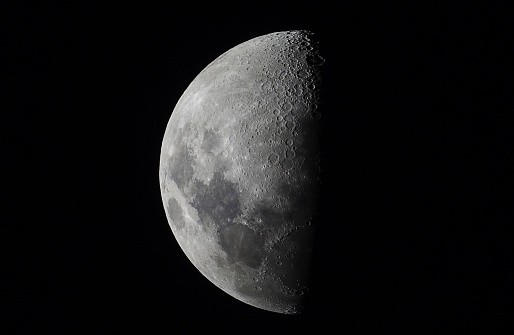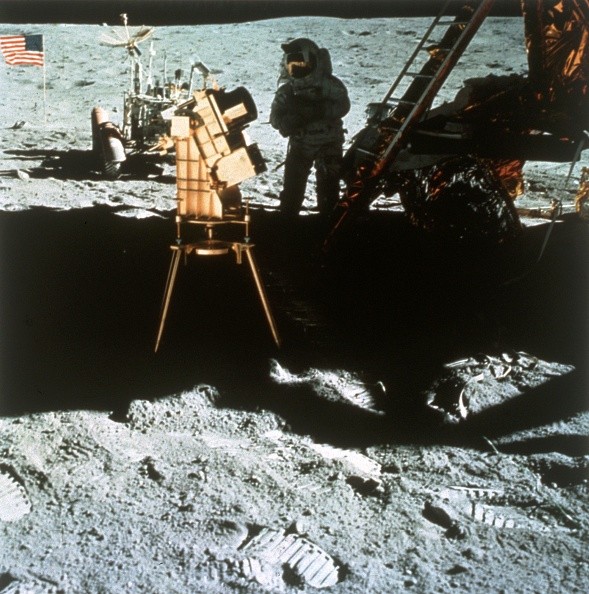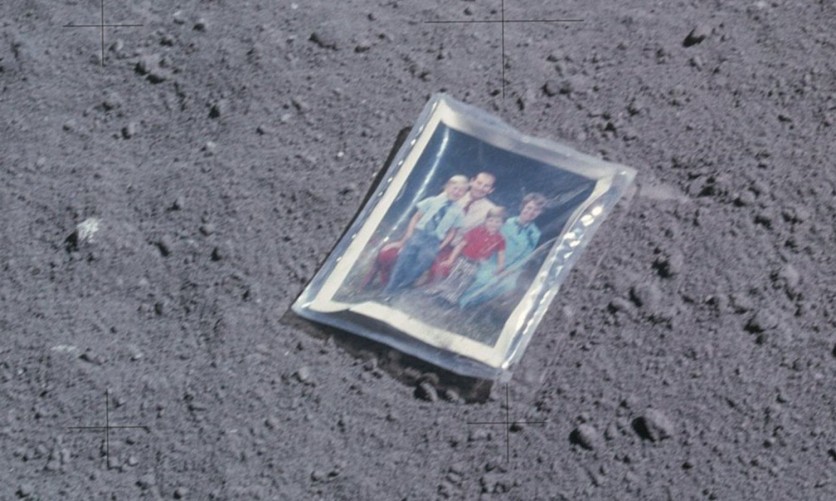A SpaceX rocket is on a collision course with the moon, after spending years on a "chaotic" orbit.

The rocket in question is the Falcon 9 booster, which was launched way back in February 2015, reports The Independent. It is being tracked by astronomer Bill Gray, who recently put out a call for help to determine when the rocket will crash.
Based on the data he gathered with other observers, they've deduced that the Falcon 9 rocket will be hitting the moon on March 4th, 7:25 AM, at a velocity of around 1.6 miles a second. They're classifying the crash as a "certain" impact.
They don't know where exactly on the lunar surface the rocket will land, though, since there are so many factors that could affect the space debris' trajectory to the moon. Gray noted the trickiness of finding its landing zone in a blog post on his own Project Pluto website.
According to Space.com, the part that's going to crash into the moon is the upper stage of the Falcon 9 rocket that helped launch NASA and NOAA's Deep Space Climate Observatory (DSCOVR) almost seven years ago.
This particular SpaceX rocket was supposed to be disposed of in the Earth's atmosphere, where it was designed to burn up on reentry. However, the upper stage of the rocket was launched too high up after putting DSCOVR in orbit, causing it to run out of fuel up there.
But while the exact landing zone is hard to determine, the observers along with Gray said that it will most certainly crash into the far side of the moon. This means it won't be visible from Earth, since the far side is always dark. It will also be almost impossible to see even in space, which is why calculating the time when it crashes is important.

According to Gray, there's a chance that the current spacecraft studying the moon could go in and have a closer look at the crater. This includes the NASA Lunar Reconnaissance Orbiter (LRO) and India's Chandrayaan 2 spacecraft, as per the original Space.com report.
Read Also : SpaceX Fan Asks Elon Musk about the Starship Cargo and Starlink Satellites; CEO Speechless?
2015 SpaceX Rocket: The Latest Addition To The 'Lunar Graveyard'
Since humans first landed on the moon in 1969, the lunar surface has become a veritable "graveyard" of space junk from numerous missions. The 2015 SpaceX Falcon 9 rocket's upper stage will just be the latest addition.
As of late, Britannica says that there are over 70 spacecraft and vehicles that remain on the moon. They were never brought back because they would have been too heavy to load back up.

Among the most notable spacecraft on the lunar surface is the iconic Lunar Rover of the Apollo astronauts, which was "parked" a short distance from the Lunar Module landing craft, writes The Atlantic. Its last-ever photo was taken on August 3, 1971, and it has remained on the lunar surface ever since-51 years later.
But that's not all that humans left behind. There are all sorts of weird stuff that are still on the moon-space trash, basically, from all of the experiments the astronauts did there. But there were also some ceremonial items, such as a photo of Apollo 16 astronaut Charlie Duke's family, writes Space.com.

Related Article : SpaceX Contributes to World Record of Most Rocket Launches in 2021, Elon Musk Wants THIS to be the Metric
This article is owned by Tech Times
Written by RJ Pierce
ⓒ 2025 TECHTIMES.com All rights reserved. Do not reproduce without permission.




